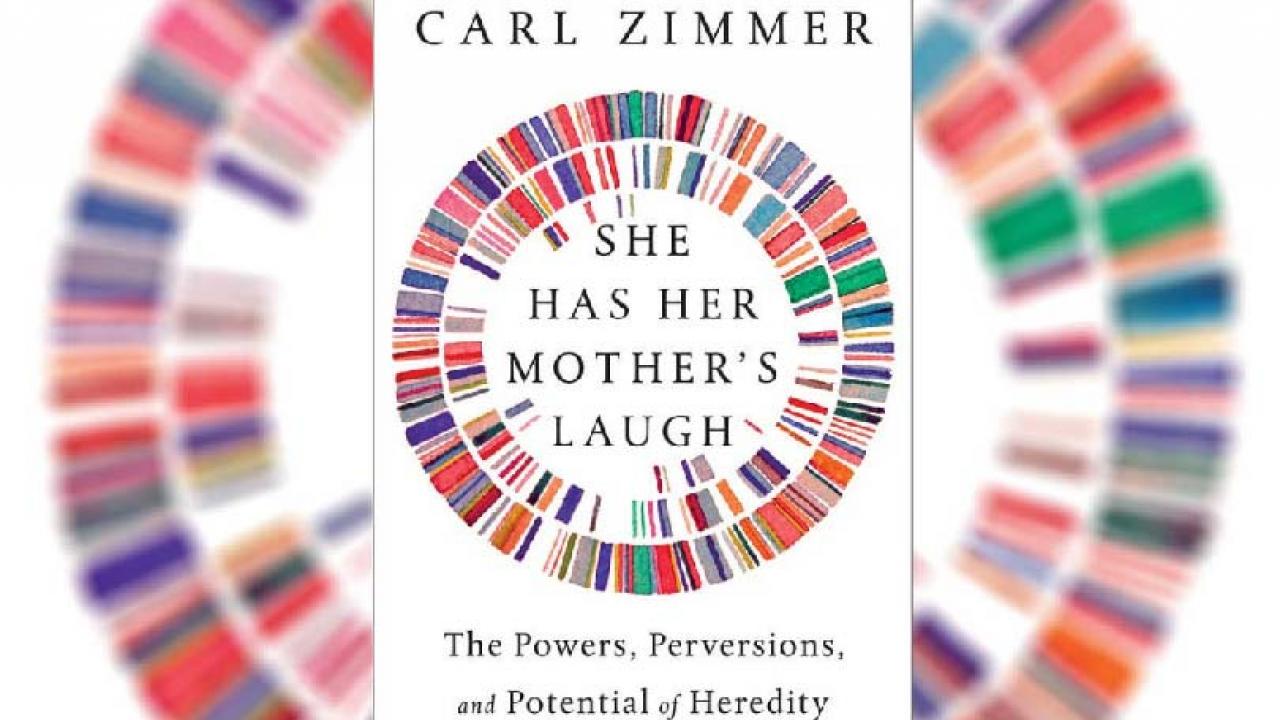
Part II: Wayward DNA - Reader's Summary
In part two of SHHML, Carl Zimmer dives into the genetic basis of heredity and the ways in which genetic research has been used to justify prejudice.
His discussion of the scientific basis for heredity begins with an explanation of genetic diversity arises. In chapter 5, we learn that RNA was likely the first genetic material eventually giving rise to DNA. DNA quickly become the dominant genetic material, which allowed microbes to evolve and flourish. Bacteria were studies for many foundational genetics works, because they can transfer genes both horizontally and vertically. Genetic studies of bacteria eventually led to the discovery of the CRISPR-Cas system. The CRISPR-Cas system allows bacteria to integrate pieces of viral DNA into their own genomes as a form of protection against viral invasion. From bacteria, the discovery of chromosomes in the mid-1800s led to the discovery of meiosis as a generator of genetic diversity.
Carl Zimmer then investigates his own genetic lineage in chapter 6. Prior to the evaluation of his genome, we learn about Zimmer’s genealogy as researched by one of his enthusiastic relatives named Weston. In the mid-1800s, Americans became focused on understanding their genealogies and tying themselves to individuals of wealth or prestige. In 1976, the book Roots: The Saga of an American Family, was published and became an instant success. Although controversial, the book follows the ancestry of the author all the way back to his ancestors in Africa. Finally, the chapter closes as rudimentary genetic evidence begins to appear in court cases and scientists begin to understand how to trace the genetic relatedness of families.
In chapter 7, Zimmer visits multiple genomics specialists to understand his genetics using modern technology. From a genetic standpoint, individual people are more alike than different. Genetic comparisons of individuals are based on single nucleotide polymorphisms (SNPs), which are commonly used to identify genetic differences that contribute to factors such as the likelihood to develop a specific disease. Zimmer ties the idea of the overall genetic relatedness of humans to a discussion of the origin of the concept of race. This chapter closes with an emphasis on understanding our ancestry, rather than focusing on placing individuals into set categories.
Chapter 8 continues the discussion of race, while focusing on the history of human ancestors. Paleogeneticists have been able to extract DNA from fossilized bones, allowing scientists to understand the relatedness of ancient humans. Although many eugenic groups have focused on “white purity,” the genetic background of humans is far too mixed for such an idea to have any scientific basis despite many individuals trying to use science to justify the idea. It turns out, humans also share a small portion of their DNA with neanderthals.
Moving forward, Zimmer shifts from genes themselves to the heritability of traits in chapters 9 and 10. The study of the complex trait of human height led to an understanding of the bell curve. In an effort to quantitatively understand how traits are being passed from person to person, scientists begin to rely upon statistics. By studying twins, scientists were able to investigate the heritability of traits such as height and intelligence. The heritability of intelligence is a debated topic, but by studying intelligence researchers realize the heavy influence environmental factors have on intelligence. Trying to understand the heritability of height and intelligence highlights the difficulty of pinning complex traits to single genes. Moving forward, researchers may need to take an even broader approach to understand the underpinnings of inheritance.
Discussion Points:
Intelligence - can we actually measure it? Is it ethical to measure it only one way?
Similar to improvements in height - There are lots of factors that contribute to these traits
“Designer Babies” - two directions of thought - but still scary to consider & not enough is known
Preferable traits
Disease eradication
Are small scientific accomplishments worth huge monetary costs?
Millions of dollars to do gene sequencing studies
Is Carl Zimmer the person who should be speaking on genetics and race? Is he aware of his stance or was he just uncomfortable with the discussion - thoughts?
Andi DeRogatis is a graduate student at UC Davis in the animal biology graduate group. She is currently studying how the avian immune system is influenced by the process of molt. She loves all things birds and is passionate about getting others excited about birds as well! Her email is amderogatis@ucdavis.edu and you can follow her on Twitter @andiderogatis. For more content from the UC Davis science communication group "Science Says", follow us on twitter @SciSays.

Comments